A wobbly faucet handle may seem like a minor annoyance, but it often signals underlying wear, looseness, or misalignment within the faucet’s internal components. Left unaddressed, a loose handle can lead to reduced control over water temperature and flow, internal part damage, and even leaks around the stem. Fortunately, securing a loose or wobbly faucet handle is a simple DIY task that requires minimal tools and just a few minutes of your time.
This guide explains the most common reasons faucet handles wobble, how to diagnose the exact cause, and step-by-step instructions to tighten or repair the handle so it feels firm and operates smoothly again.
Why Faucet Handles Become Loose or Wobbly
Before jumping into the repair, it helps to understand what’s causing the wobble. The most common issues include:
1. Loose Set Screw
Many single-handle and lever-style faucets rely on a small set screw to secure the handle to the cartridge stem. If this screw loosens over time due to vibration or repeated use, the handle will shift or wobble.
2. Worn or Stripped Handle Splines
Faucet handles attach to the valve stem or cartridge through splines—grooved surfaces that interlock. If these splines wear down or strip, the handle loses its grip and wobbles even when the screw is tight.
3. Loose Cartridge or Valve Stem Nut
Under the handle is a retaining or packing nut that secures the cartridge or stem. If the nut loosens, the entire assembly may feel loose.
4. Internal Cartridge Wear
A worn cartridge can cause rotational play in the handle, making it feel loose even though the handle is tightly secured.
5. Hard Water and Mineral Buildup
Mineral deposits can prevent proper seating of parts or cause washers to wear faster, contributing to looseness.
Knowing the cause helps ensure you choose the right fix.
Tools You’ll Need
To secure wobbly faucet handles, prepare the following:
- Allen (hex) wrench set
- Phillips and flat-head screwdrivers
- Adjustable wrench
- Slip-joint pliers (optional)
- Replacement handle or cartridge (if needed)
- Plumber’s grease
- Vinegar or descaling solution
- Clean cloth
These basic tools will handle 99% of wobble issues.
Step-by-Step: How to Fix a Wobbly Faucet Handle
1. Turn Off the Water (If Deep Disassembly Is Needed)
Most wobble repairs do not require shutting off water. However, if you suspect you’ll need to remove the cartridge or stem, turn off the water valves under the sink.
If you’re only tightening a handle screw, you can safely continue without shutting off the supply.
2. Identify and Remove the Handle Screw
Faucet handles have different attachment styles:
- Lever handles: Usually secured with a small set screw on the underside or back.
- Knob-style handles: Typically have a decorative cap on top covering the screw.
- Dual-handle faucets: Often use a top screw hidden under a hot/cold cap.
Remove the cap if needed, then use the appropriate screwdriver or Allen wrench to remove (or tighten) the screw.
If the handle is extremely loose, you may find the screw has almost completely backed out.
3. Inspect the Spline Connection
Once the handle is off, inspect the splines—the ridged part that mates with the stem or cartridge.
Look for:
- Worn, rounded, or stripped edges
- Metal dust (a sign of grinding)
- Loose fit even when pressed on tightly
If the handle splines are worn out, replacing just the handle may solve the problem.
If the stem splines are worn, you may need a new cartridge or stem assembly.
4. Tighten the Handle Screw Properly
If everything looks intact, reinstall the handle and tighten the set screw or top screw firmly.
Tip:
Avoid overtightening, which can strip threads or crack the handle.
After tightening, test the handle movement. Most wobble cases end here—tightening the screw restores a firm, responsive feel.
5. Check the Cartridge Retaining Nut
If tightening the handle screw didn’t work, remove the handle again and look for a retaining or packing nut.
This nut holds the cartridge or stem in place. If it loosens, the whole mechanism can wobble.
Use an adjustable wrench to tighten it:
- Turn gently
- Do not over-crank
- Ensure the assembly rotates smoothly after tightening
If the nut is extremely tight but the stem still wobbles, the cartridge may be worn.
6. Replace the Cartridge or Valve Stem (If Necessary)
If the wobble persists, the internal cartridge or valve stem may be the culprit.
Signs you need a new cartridge include:
- Handle has excessive play even when screws are tight
- Water flow is inconsistent
- Handle feels stiff, gritty, or squeaky
- Water drips even when fully closed
Removing the cartridge typically involves:
- Removing the handle
- Unscrewing the retaining nut
- Pulling the cartridge straight out
- Installing an identical replacement
Apply plumber’s grease to the O-rings of the new cartridge before installing it.
7. Clean Mineral Buildup
While the handle is apart, inspect for mineral deposits that may affect seating.
Soak removable parts in vinegar for 20–30 minutes and wipe clean.
Hard-water scaling can cause misalignment and contribute to handle wobble, especially in older faucets.
8. Reassemble and Test
Reinstall all parts:
- Insert the cartridge or stem
- Tighten the retaining nut
- Reattach the handle
- Secure the handle screw
Turn the faucet on and check for stability.
The handle should feel solid, with no lateral movement or wobbling.
When to Replace the Entire Handle or Faucet
Sometimes repairing a single component is not enough.
Replace the handle if:
- Splines are fully stripped
- The handle cracks when tightened
- It no longer fits snugly even with a new screw
Replace the faucet if:
- Replacement parts are unavailable
- The valve body is corroded
- Multiple components are worn out
- Leaks or wobble keep returning
A new faucet is often a cost-effective and long-lasting solution for severely worn fixtures.
Preventing Future Handle Wobble
To extend the life of your faucet handles:
- Avoid using excessive force when opening or closing
- Lubricate internal parts yearly with plumber’s grease
- Clean handles regularly to remove scale
- Tighten handle screws at the first sign of movement
- Install a water softener if you live in a hard-water region
A little maintenance goes a long way.
Final Thoughts
A wobbly faucet handle is a simple problem with simple solutions—but fixing it promptly prevents further wear, improves control, and extends the life of your faucet. Most repairs involve tightening a handle screw, adjusting a retaining nut, or replacing a worn cartridge or handle. With basic tools and a clear understanding of how faucet mechanisms work, you can secure your faucet handle quickly and confidently.
 WOWOW Faucets
WOWOW Faucets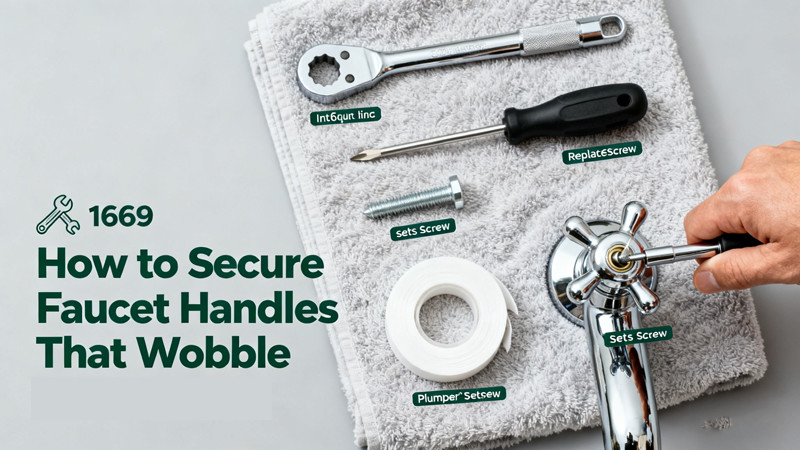
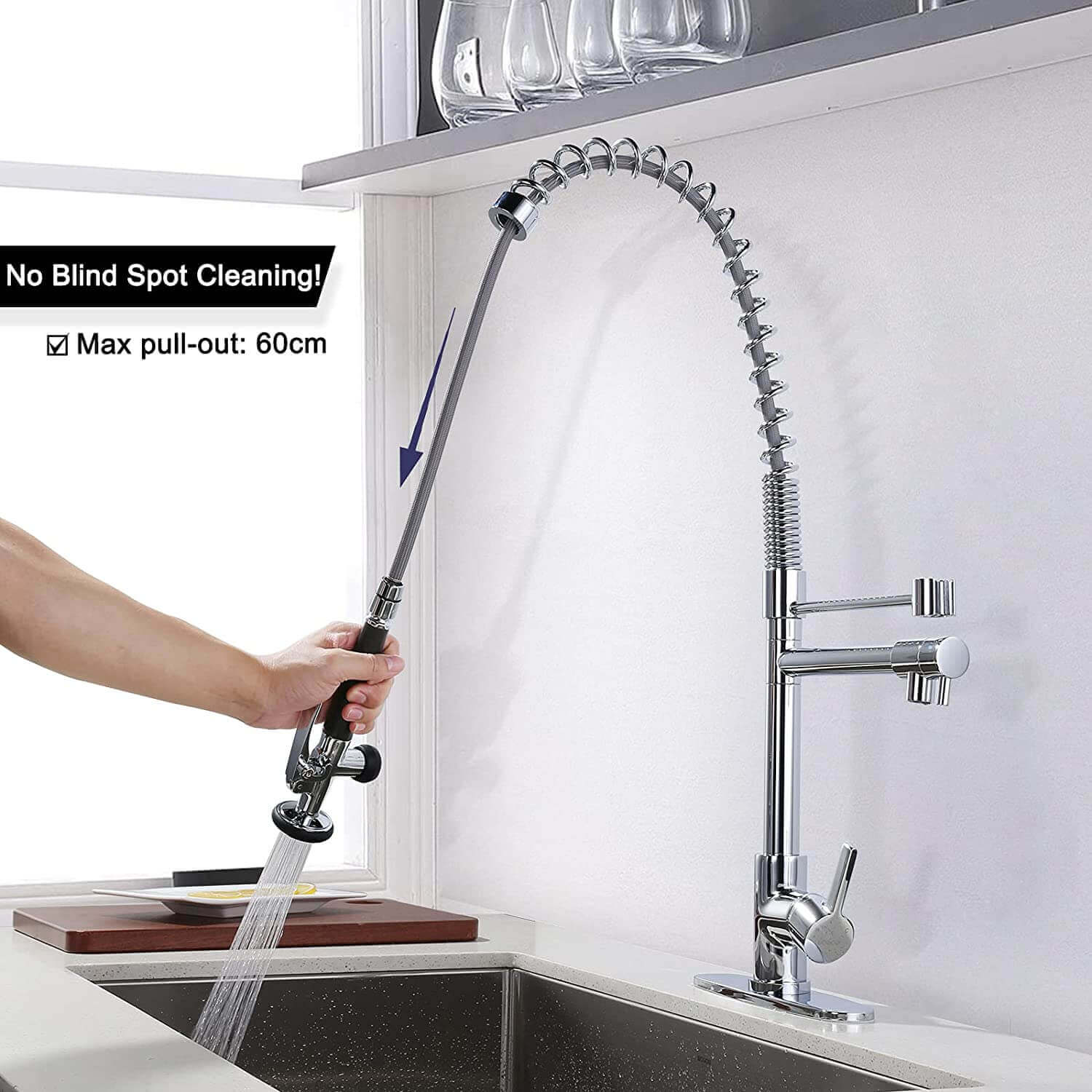
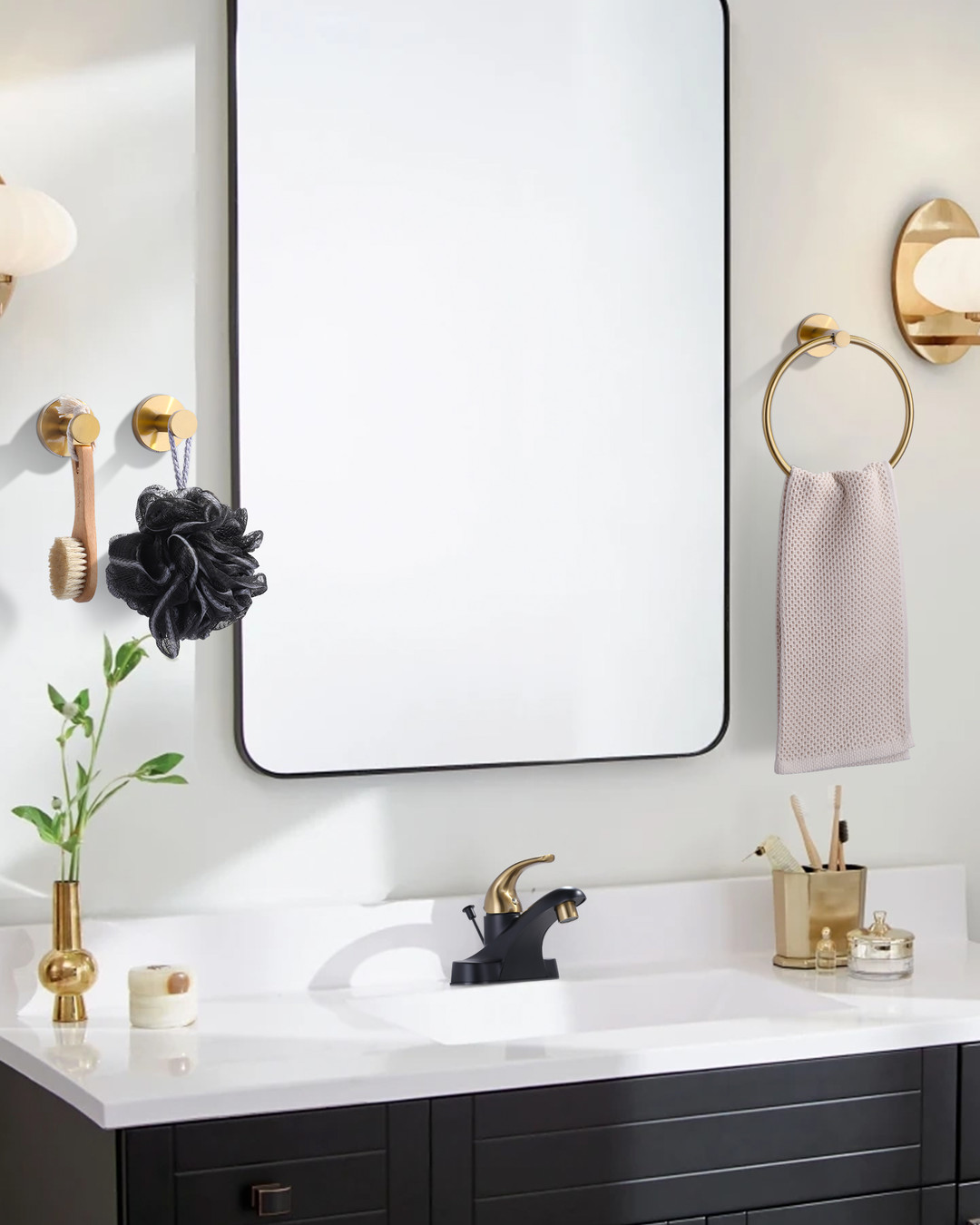
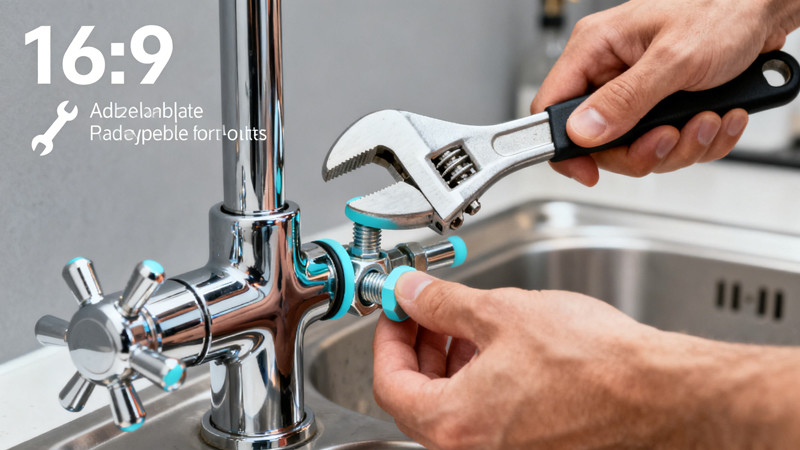

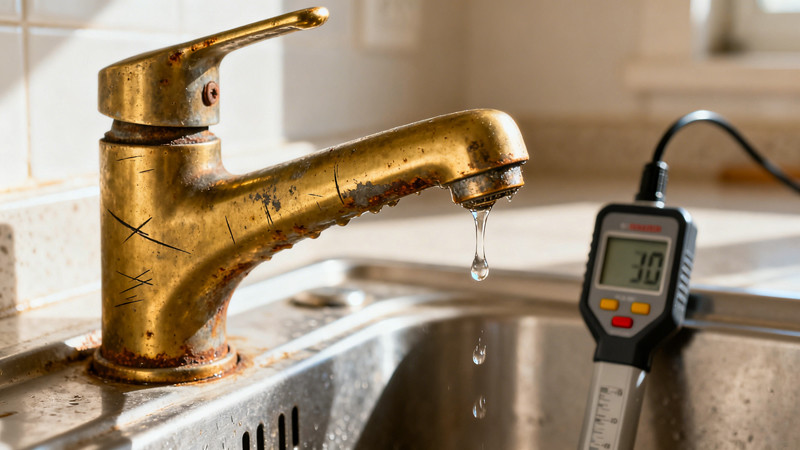
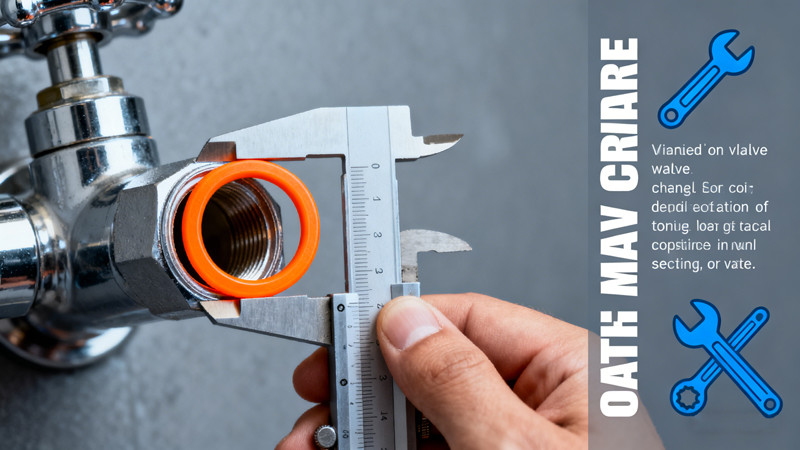
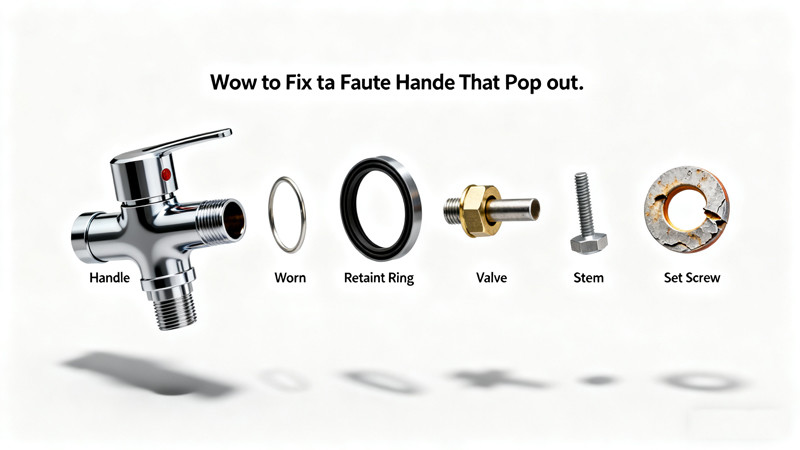
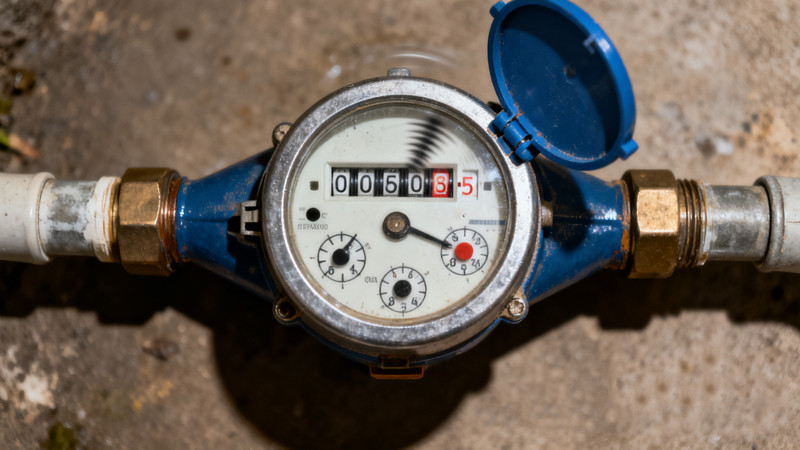
您好!Please sign in